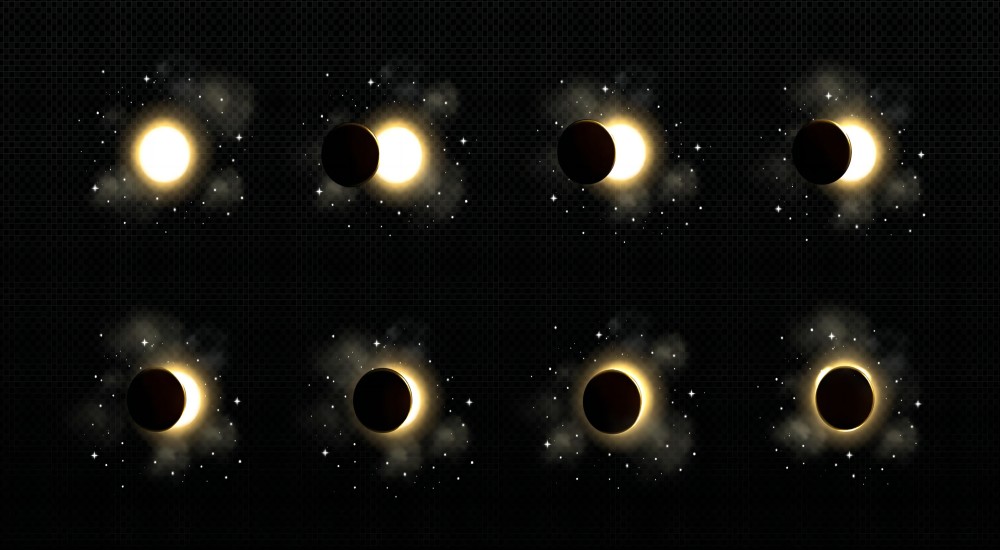As the U.S. prepares for the upcoming total solar eclipse on April 8, 2024, concerns arise about the impact on solar power generation. The last total solar eclipse in 2017 demonstrated a significant dip in solar energy production across North America. With another eclipse on the horizon, the solar energy market faces unique challenges.
Understanding the Eclipse Phenomenon
During a solar eclipse, the Moon obstructs the Sun, causing either partial or total darkness. The upcoming eclipse’s path of totality will stretch from Texas to Maine, affecting solar power generation across the continental U.S. Even regions outside this path, such as Miami and Seattle, will witness varying degrees of solar energy reduction.
Rise of Solar Power and Market Trends
The global shift towards renewable energy, particularly solar power, has witnessed substantial growth in the past decade. Solar power generation capacity is projected to double worldwide between 2022 and 2028. In the U.S., there is now three times more solar energy capacity compared to the 2017 eclipse.
Cloud cover remains a primary obstacle for solar power generation, leading to a 10% to 25% drop in energy output on cloudy days. To address this challenge, the North American power transmission grid is equipped with diverse energy sources, including solar, wind, hydroelectric, natural gas, and coal. The integration of lithium batteries enables continuous access to solar energy, even in non-optimal conditions.
Grid Operators’ Strategic Approach
Electric grid operators play a crucial role in preparing for eclipse-induced energy fluctuations. During the 2017 eclipse, solar power generation in the U.S. dropped by 25% below average. To mitigate strain on electrical transmission lines, operators tap into reserves and minimize inter-grid power transfers. This strategic approach aims to prevent temporary blackouts and maintain a stable power supply.
Impact on Renewable Energy and Environmental Concerns
Solar eclipses not only affect solar power but also impact wind energy generation due to decreased wind speeds. During the 2017 eclipse, the loss of renewable power generation amounted to nearly 6 gigawatts, prompting increased reliance on nonrenewable sources like natural gas and coal. However, this shift resulted in approximately 10 million pounds of extra carbon dioxide emissions, highlighting the environmental trade-offs during eclipse events.
As eyes turn skyward on April 8, electric grid operators remain vigilant to ensure a smooth energy transition during the celestial spectacle. With meticulous planning and reliance on diversified energy sources, the solar energy market aims to weather the eclipse challenge while maintaining a commitment to green energy policies.
Source:miragenews.com





